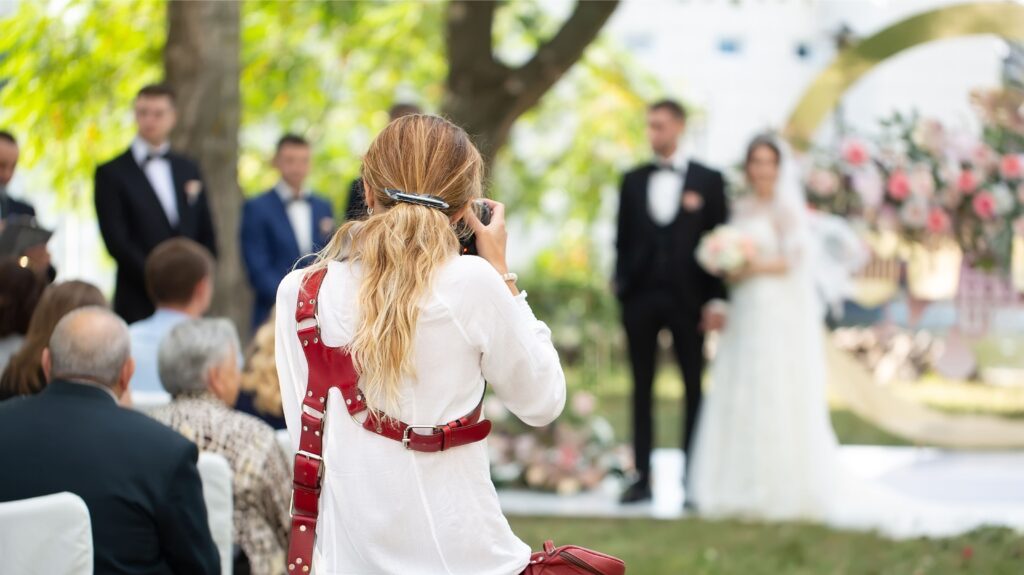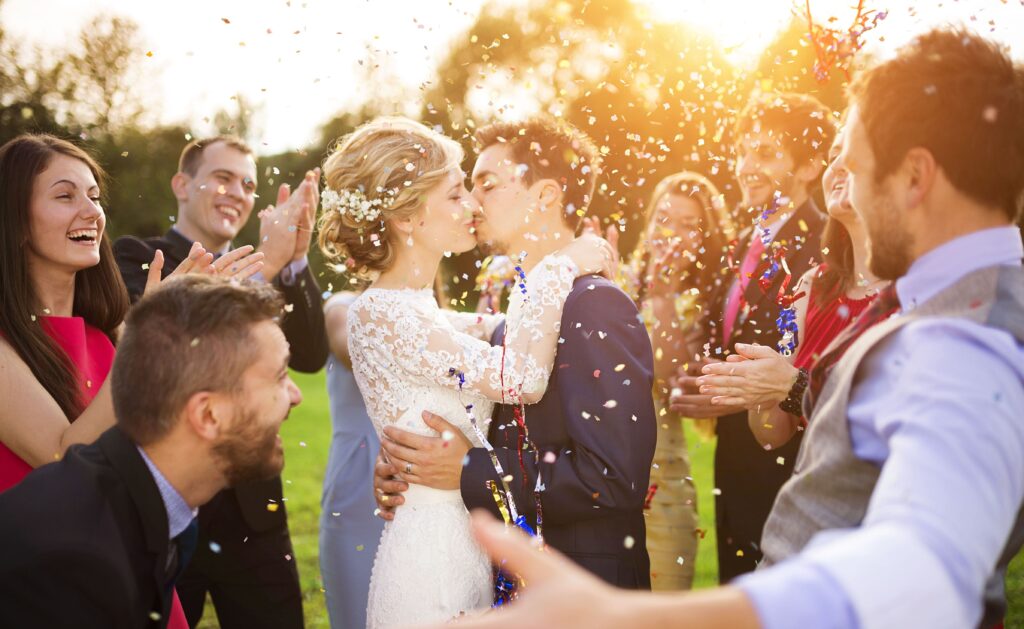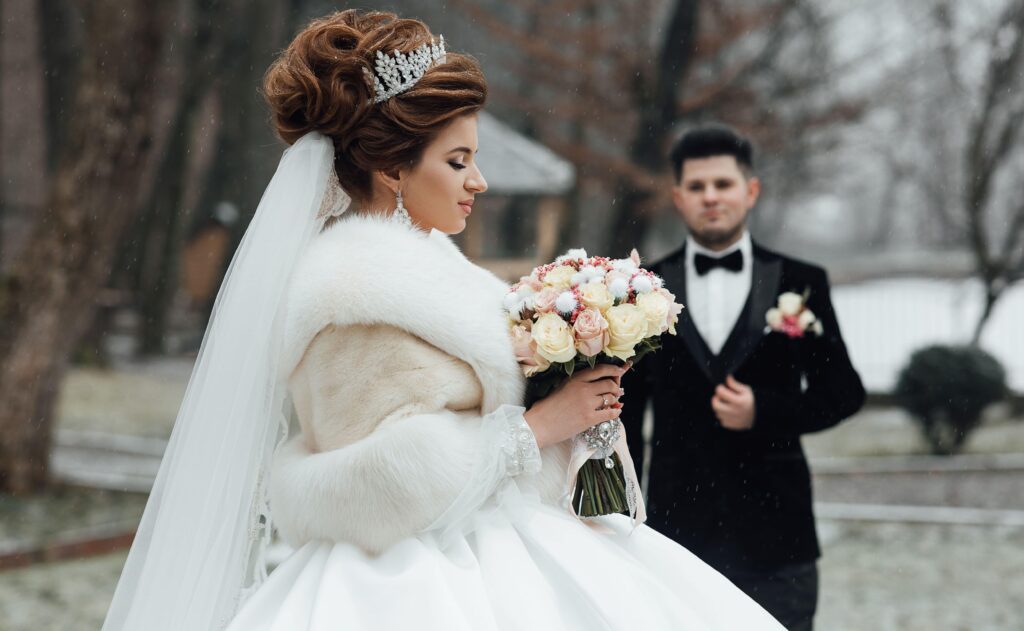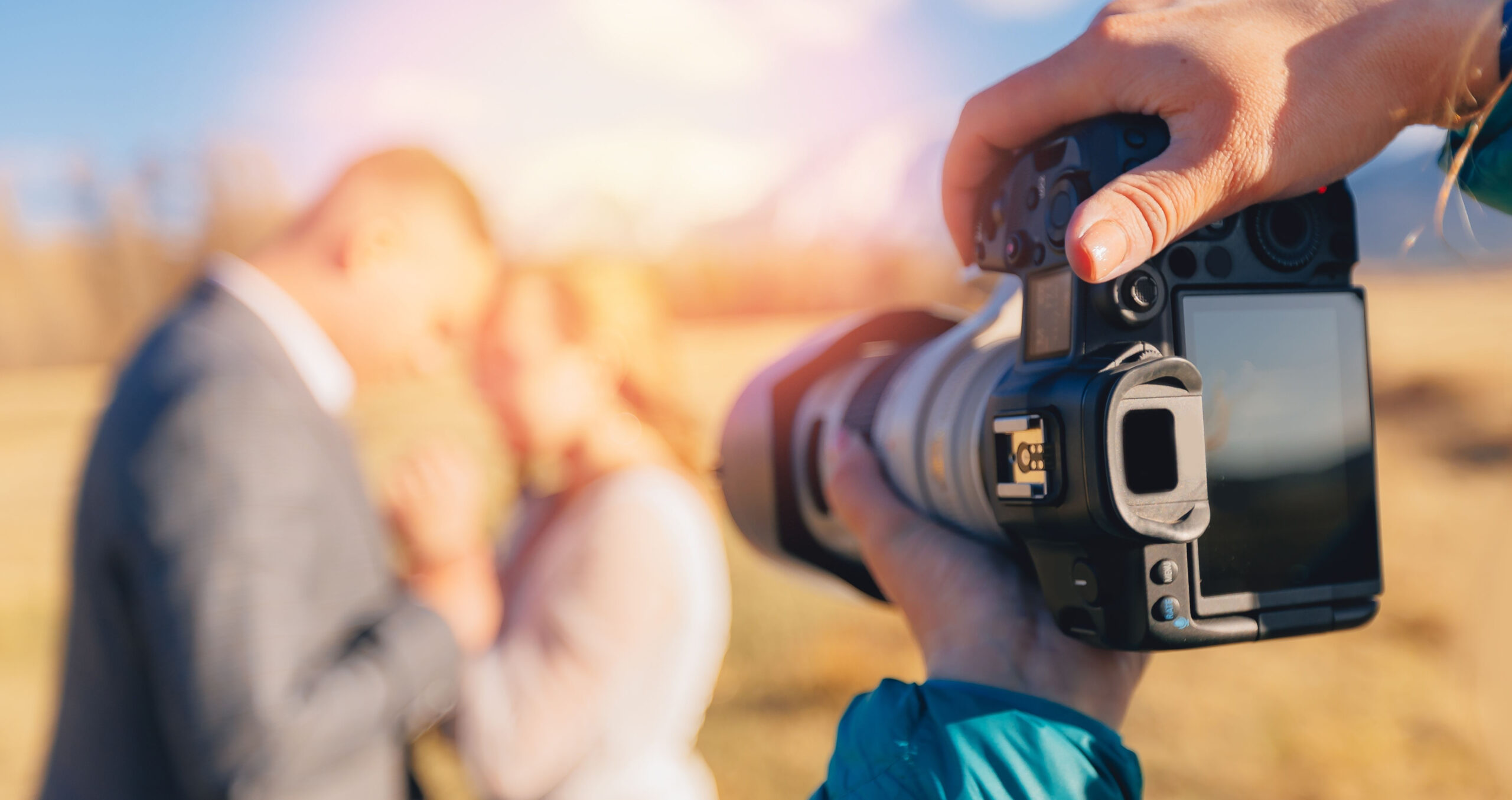The wedding photographer plays a vital role in the wedding planning process, as they are responsible for capturing the memories and special moments of the big day. From the engagement shoot to the reception, the photographer is there to document every step of the way. In this article, we will explore the role of the wedding photographer in the wedding planning process and how to choose the right photographer for your needs.
Capturing the engagement shoot:
The wedding photographer is responsible for capturing the engagement shoot, which typically includes photographs of the couple in a variety of settings and poses.
The engagement shoot is an important part of the wedding planning process as it allows the couple to get comfortable in front of the camera and gives the photographer a chance to get to know the couple’s style and preferences. It also provides an opportunity for the couple to experiment with different poses and settings and see how they look in photographs.
Having a successful engagement shoot can set the stage for the wedding photos and help ensure that the couple is happy with the final product. It can also provide the couple with beautiful and memorable photos to share with their friends and family and display at their wedding.
Meeting with the couple:
Meeting with the couple is an important step in the wedding planning process as it allows the photographer to get to know the couple and understand their vision for the big day. It is an opportunity for the photographer to ask questions and gather information about the couple’s style and preferences, as well as any specific shots or moments that they would like to capture.
By meeting with the couple and getting to know them better, the photographer can tailor their approach and style to suit the couple’s needs and preferences. This can help ensure that the final product meets the couple’s expectations and that they are happy with the final photographs.
Providing guidance on the timeline:
The timeline for the wedding day is an important factor to consider when planning the wedding, as it can affect the flow of the day and the quality of the photographs. The wedding photographer can provide valuable guidance on the timeline, including the best times for taking photos and the order of events.
By considering the lighting and other factors, the photographer can recommend the best times for taking photos to ensure that the lighting is flattering and the setting is ideal. The photographer can also help plan the order of events to ensure that there is enough time for photographs and that the day runs smoothly.

Capturing the ceremony:
The wedding photographer is responsible for capturing the ceremony, including the vows, exchange of rings, and other special moments.
The ceremony is an essential part of the wedding day, as it is the moment when the couple officially becomes married. The wedding photographer is responsible for capturing these special moments and preserving them for the couple to look back on and cherish.
The photographer should be skilled at capturing the emotions and expressions of the couple and the guests during the ceremony, as well as the details of the setting, such as the flowers and decorations. They should also be able to capture the key moments of the ceremony, such as the exchange of vows and rings, in a creative and artistic manner.
Capturing the reception:
The wedding photographer is responsible for capturing the reception, including the first dance, toasts, and other special moments.
The reception is an integral part of the wedding day, as it is a time for the couple and their guests to celebrate and have fun. The wedding photographer is responsible for capturing these special moments and preserving them for the couple to look back on and cherish.
The photographer should be skilled at capturing candid moments and the atmosphere of the reception, as well as the key events, such as the first dance and toasts. They should also be able to capture the details of the reception, such as the decorations and favors, in a creative and artistic manner.
Providing guidance on the wedding party:
The wedding photographer can provide guidance on the wedding party, including the number of attendants and the best poses for group photos.
The wedding party, including the bridesmaids, groomsmen, and other attendants, play an important role in the wedding and are often featured in the photographs. The wedding photographer can provide valuable guidance on the wedding party, including the number of attendants and the best poses for group photos.
The photographer should be able to recommend the best poses for group photos to ensure that everyone is included and looks their best. They should also be able to recommend the best number of attendants to include in the photographs, based on the size and layout of the wedding party and the available space for taking photos.

Capturing candid moments:
The wedding photographer should be skilled at capturing candid moments throughout the day, such as guests laughing and interacting with each other.
Candid moments are a vital part of the wedding and are often some of the most memorable and cherished photographs. The wedding photographer should be skilled at capturing these special moments as they happen without being intrusive or disrupting the flow of the day.
Candid moments can include guests laughing and interacting with each other, the couple laughing and enjoying themselves, and other spontaneous and unplanned moments. These photographs can help capture the true essence and atmosphere of the wedding day and provide a more complete and authentic representation of the event.
Providing guidance on the wedding location:
The wedding photographer can provide guidance on the wedding location, including the best spots for taking photos and the best angles and lighting conditions.
The wedding location is an important factor to consider when planning the wedding, as it can affect the atmosphere and ambiance of the day and the quality of the photographs. The wedding photographer can provide valuable guidance on the wedding location, including the best spots for taking photos and the best angles and lighting conditions.
The photographer should be familiar with the wedding location and able to recommend the best spots for taking photos based on the lighting, background, and other factors. They should also be able to recommend the best angles and lighting conditions to ensure that the photographs are of the highest quality.

Providing guidance on the wedding attire:
The wedding photographer can provide guidance on the wedding attire, including the best colors and styles for the photographs.
The photographer should be able to recommend the best colors and styles for the wedding attire based on the setting, lighting, and other factors. They should also be able to provide guidance on the accessories, such as jewelry and shoes, to ensure that the couple looks their best in the photographs.
Delivering the final edited photos:
The wedding photographer is responsible for delivering the final edited photos to the couple, including both digital and print copies. Argument
The delivery of the final edited photos is an important step in the wedding planning process and the wedding photographer is responsible for delivering the photographs to the couple. The photographer should provide both digital and print copies of the photographs, as well as any additional copies or formats that the couple may request.
The photographer should also provide a clear timeline for when the final edited photos will be delivered and ensure that the delivery is timely and efficient. They should also be responsive to any questions or concerns that the couple may have about the delivery process.
Overall, the wedding photographer is responsible for delivering the final edited photos to the couple and should be efficient, timely, and responsive in this process.





